BTO Scotland publications
Breeding bird assemblages supported by developing upland shrub woodland are influenced by micro-climate and habitat structure
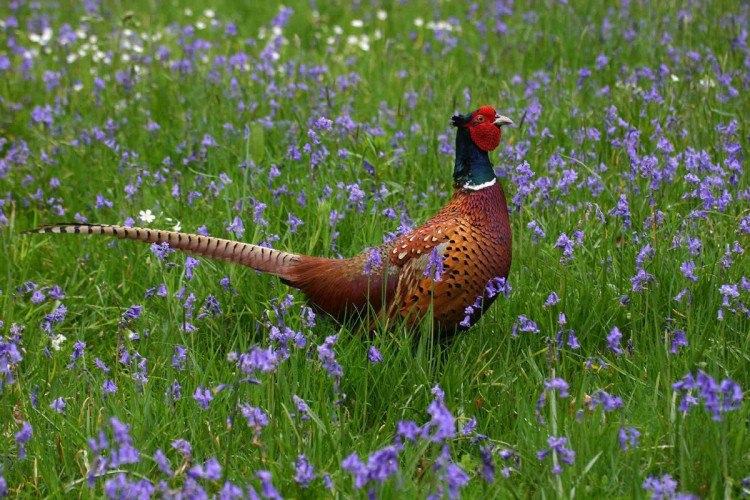
Associations between gamebird releases and general predators
Pheasants and Red-legged Partridges for commercial shoots may be boosting numbers of the avian predators and scavengers.

Investigating wader breeding productivity in the East Cairngorms Moorland Partnership Area using collaborative methods
Breeding wader populations have declined significantly in recent decades in the UK. During this time, areas of moorland managed for grouse shooting and adjacent areas of rough pasture have been identified as persisting strongholds.
The Scottish Raptor Monitoring Scheme: recent developments in good practice monitoring
Declining population trends of European mountain birds
Mountain areas often hold special species communities, and they are high on the list of conservation concern.
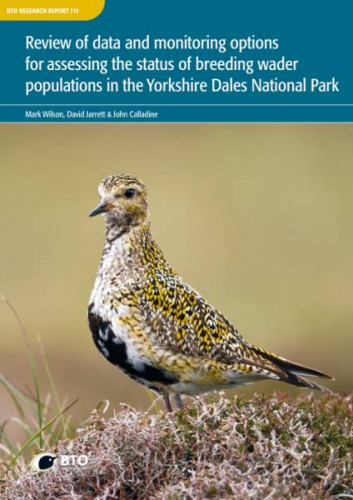
Review of data and monitoring options for assessing the status of breeding wader populations in the Yorkshire Dales National Park
This report assesses the availability and quality of information relating to breeding populations of six of the most numerous wader species (Oystercatcher, Golden Plover, Lapwing, Snipe, Curlew, Redsh
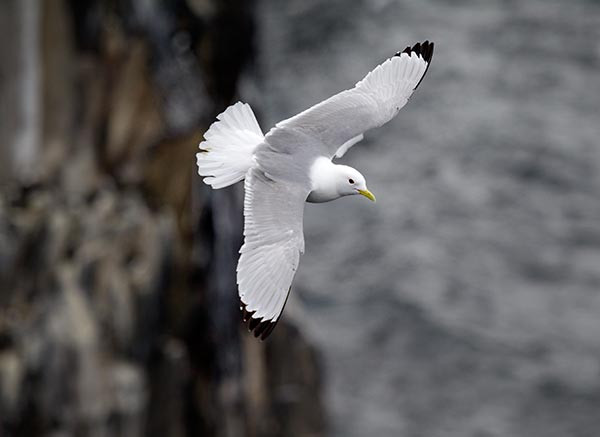
When is enough enough? Effective sampling protocols for estimating the survival rates of seabirds with mark-recapture techniques
Quantifying avian avoidance of offshore wind turbines: Current evidence and key knowledge gaps
A review of raptor and owl monitoring activity across Europe: its implications for capacity building towards pan-European monitoring
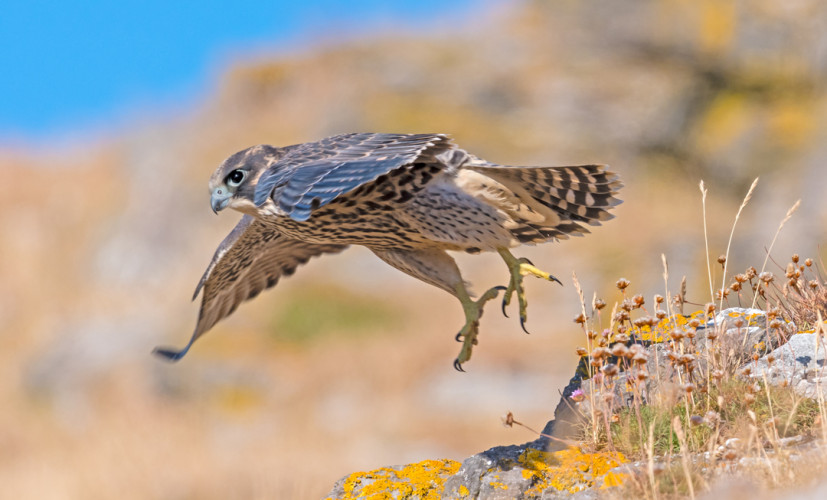
The breeding population of Peregrine Falcon Falco peregrinus in the United Kingdom, Isle of Man and Channel Islands in 2014
Breeding Peregrines on the up thanks to growth of lowland populations
The return of breeding Peregrines to former haunts, and the colonisation of urban sites such as industrial buildings and cathedrals, has not gone unnoticed by birdwatchers. It is only now, however, with the publication of the results from the latest national Peregrine survey, that we can put figures on the changing fortunes of this stunning bird of prey.
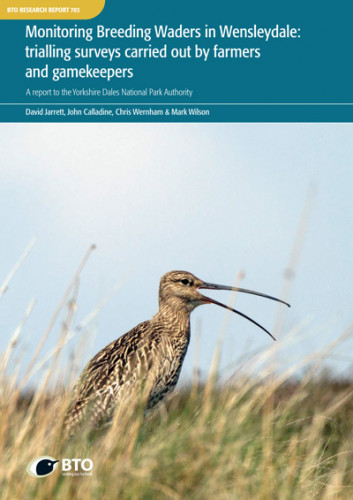
Monitoring Breeding Waders in Wensleydale: trialling surveys carried out by farmers and gamekeepers

Modelled abundance and change in abundance of Red Deer and Roe Deer in Scotland from Breeding Bird Survey data
This short note describes the derivation of maps of abundance and change in abundance for the two species, from the late 1990s to the present day.
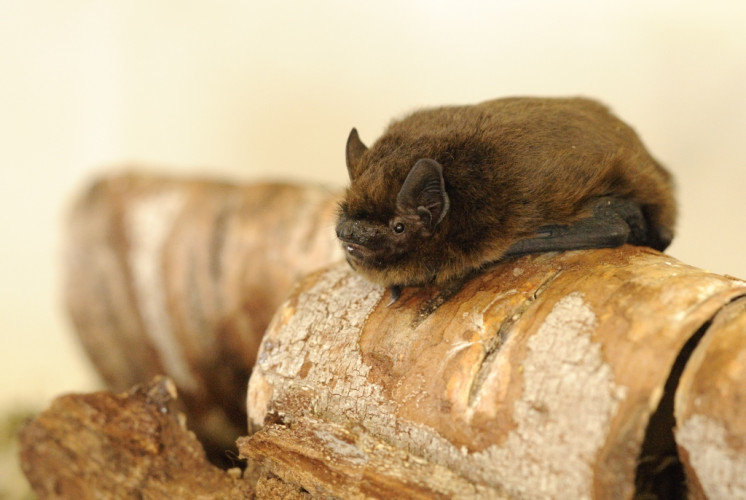
Large-scale citizen science improves assessment of risk posed by wind farms to bats in southern Scotland
Scanning for Scottish bats
With the need to better understand the distribution of rare and vulnerable bats to help minimise risk posed by wind farms, this study used the power of citizen science to rewrite the bat distribution maps in southern Scotland.
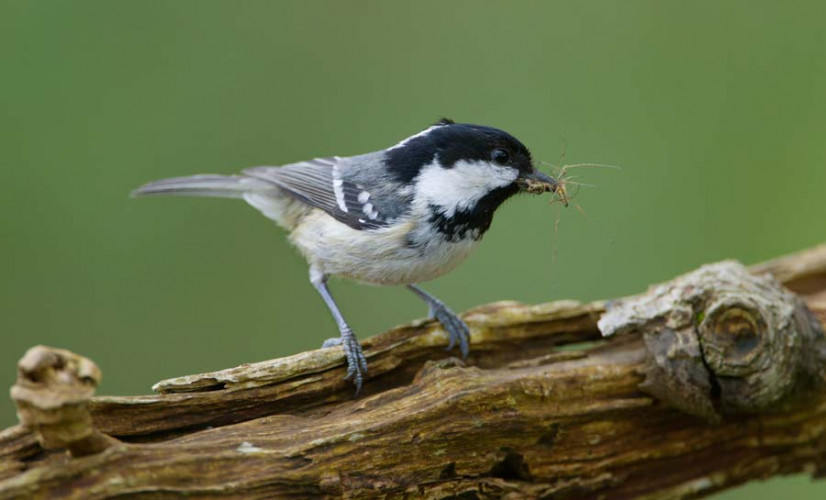
Stand structure and breeding birds in managed Scots pine forests: Some likely long-term implications for continuous cover forestry
Continuous cover forestry (CCF) systems are increasingly advocated for stand management, with biodiversity among the ecosystem services perceived to benefit.
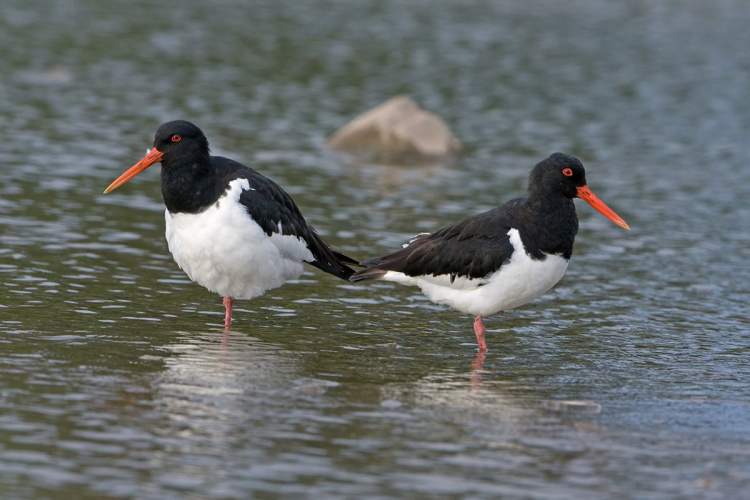
The decline of a population of farmland breeding waders: a twenty-five-year case study
Waders in decline in Strathallan, Scotland
The breeding populations of many different wader species are in decline across the globe, and there is an urgent need for information on how such changes in land management, particularly within farmland, may affect breeding waders. This study by a long-term BTO volunteer explores wader decline in Strathallan, Scotland over a period of 25 years.
Continuing influences of introduced hedgehogs Erinaceus europaeus as a predator of wader (Charadrii) eggs four decades after their release on the Outer Hebrides, Scotland
Non-native predators can cause major declines or even localised extinctions in prey populations across the globe, especially on islands.






Share this page